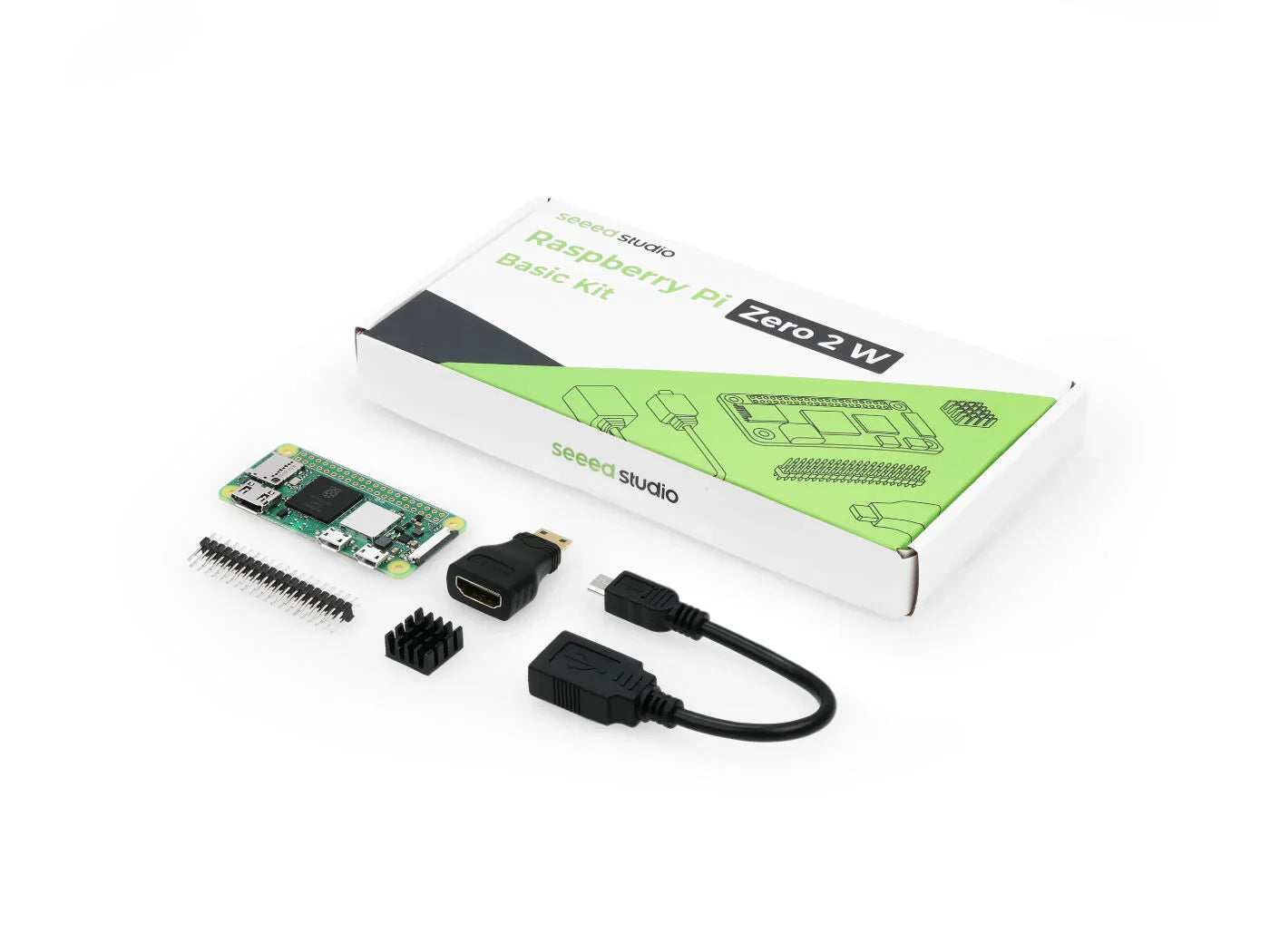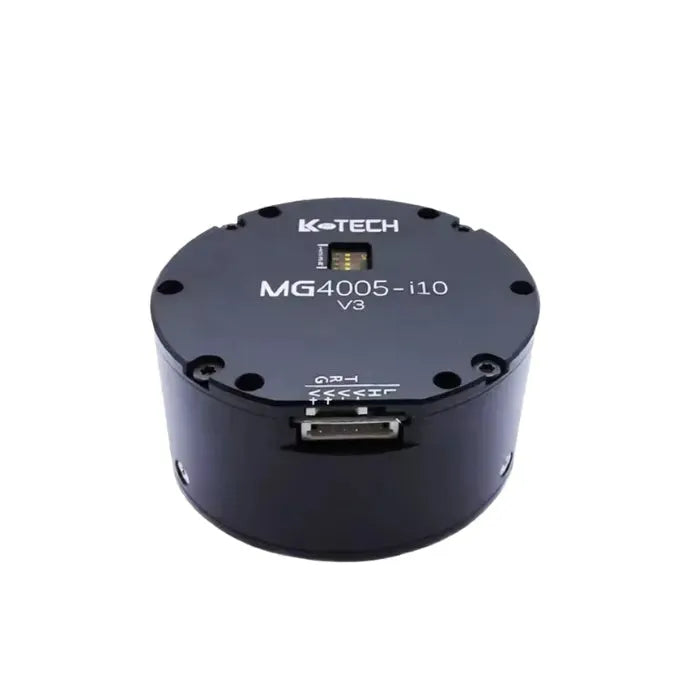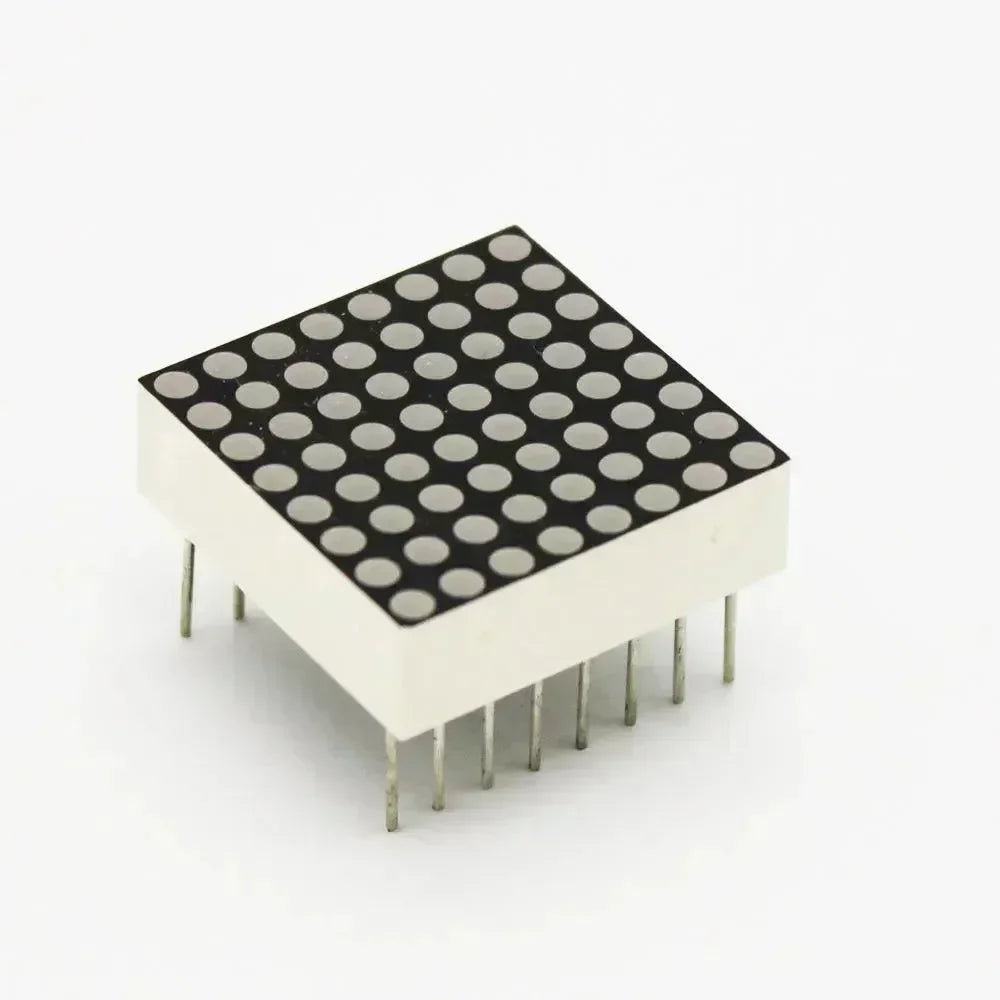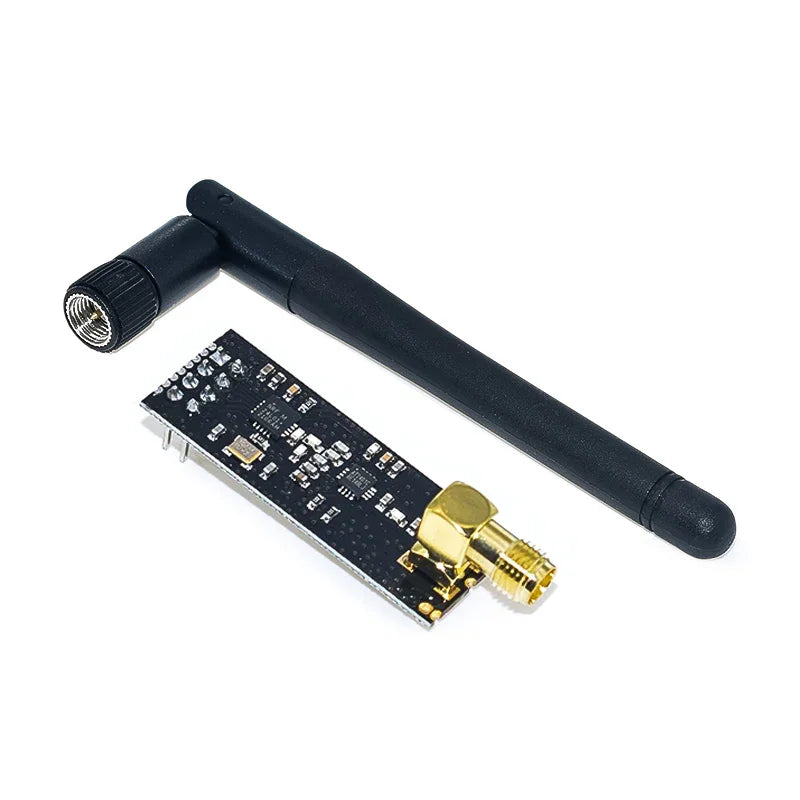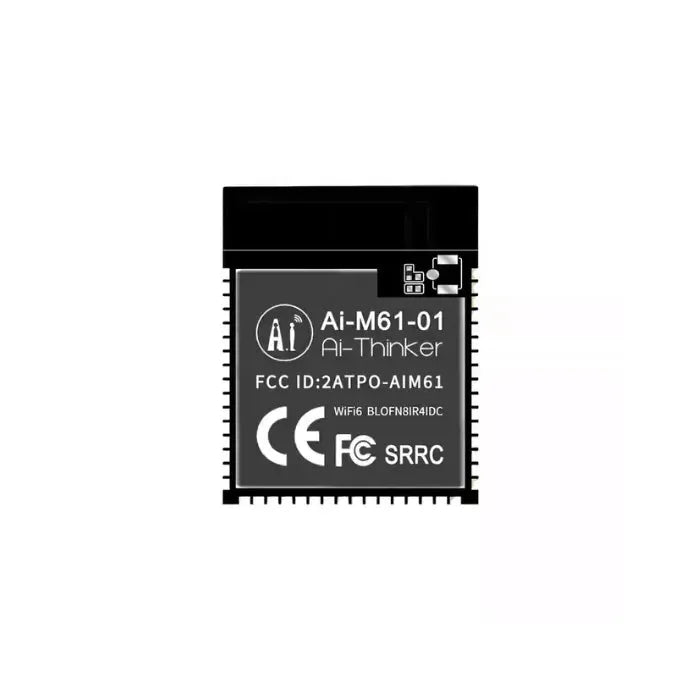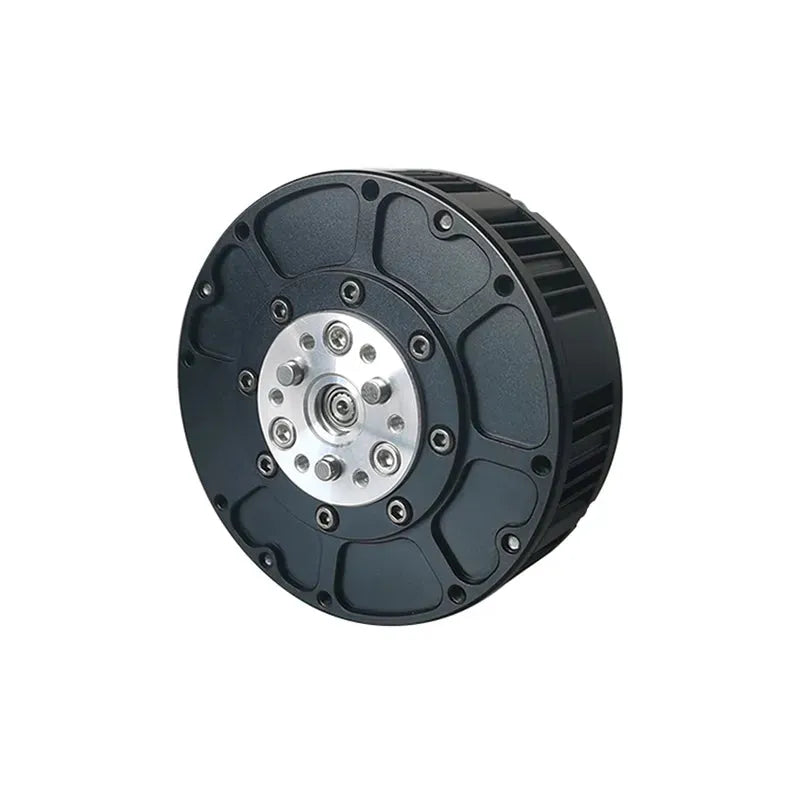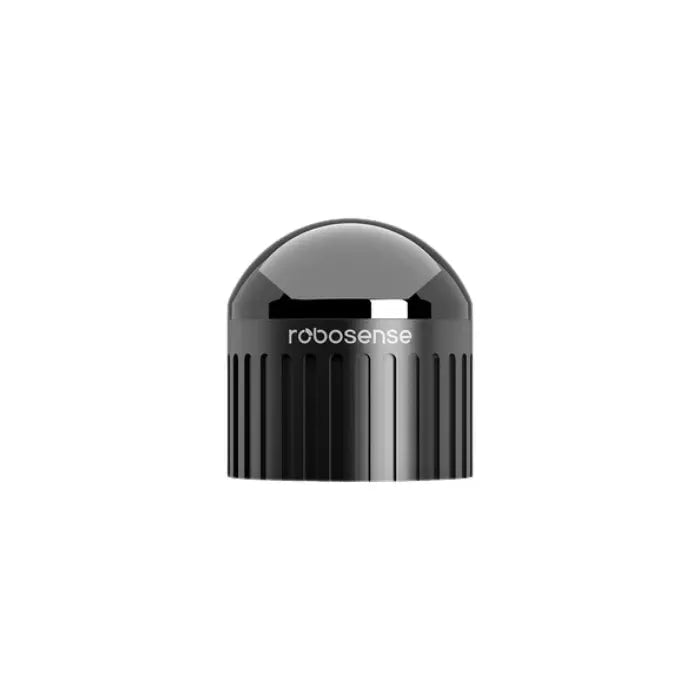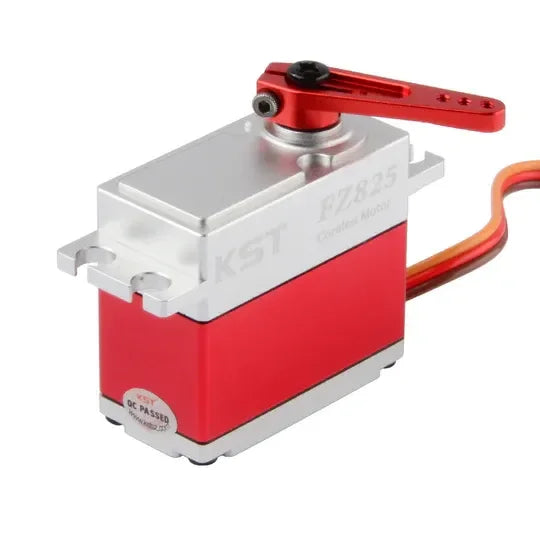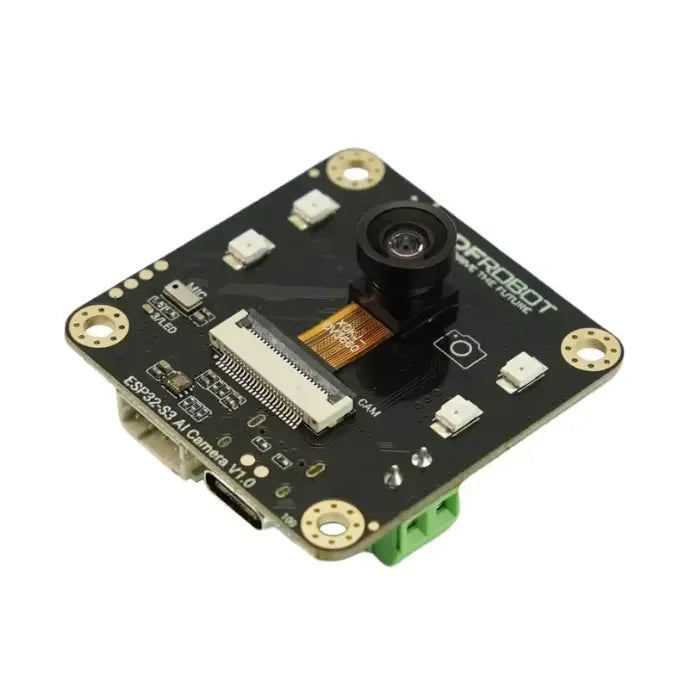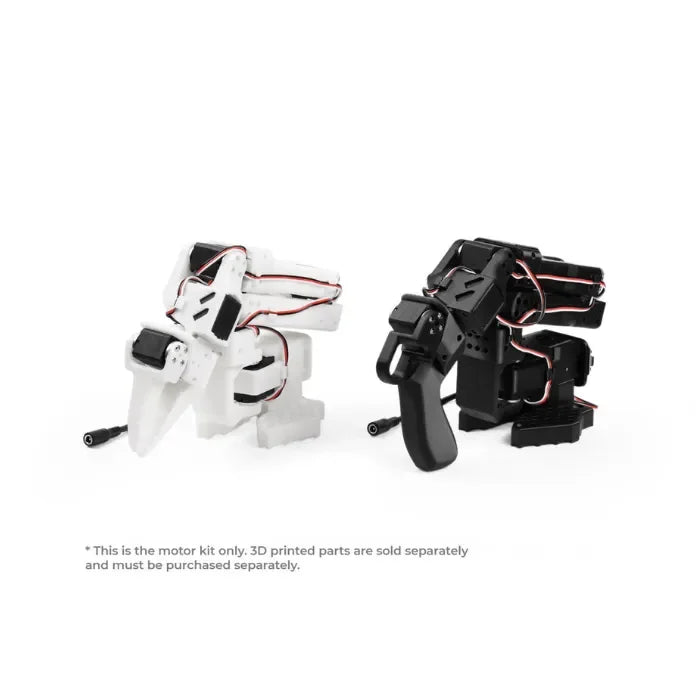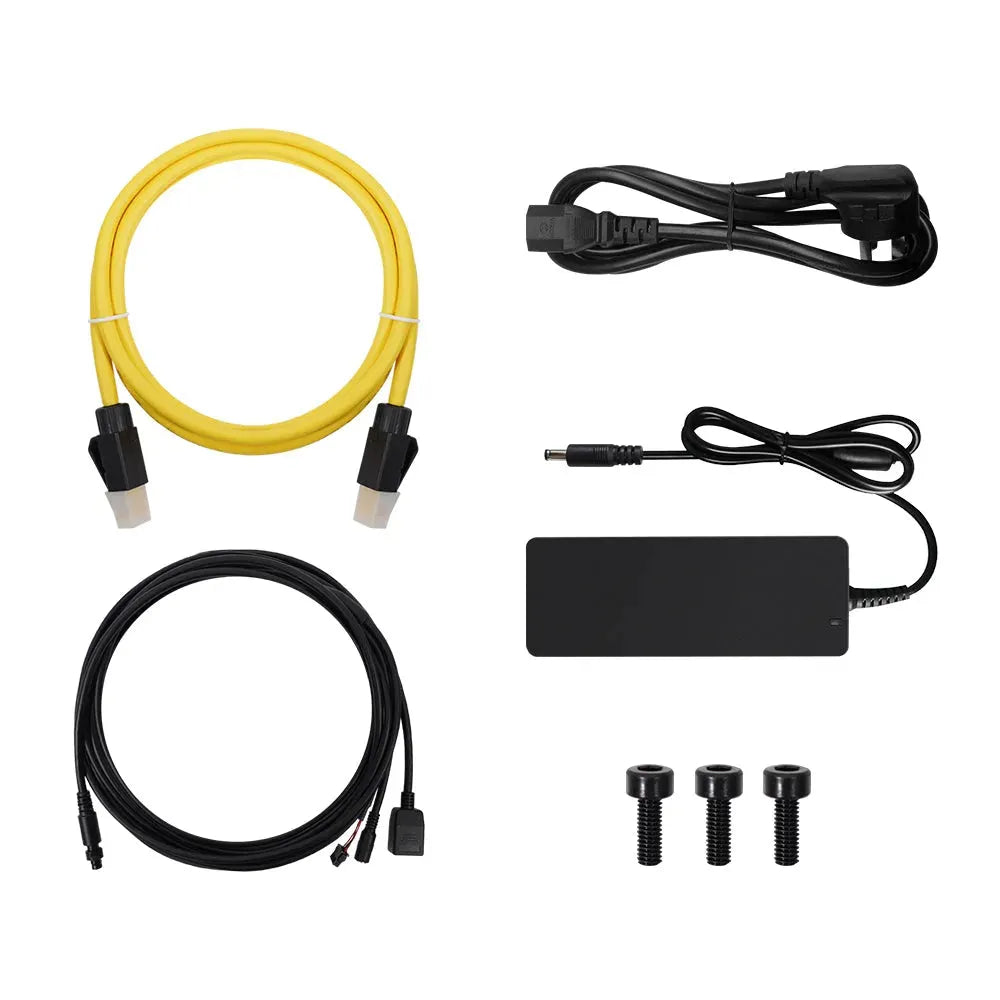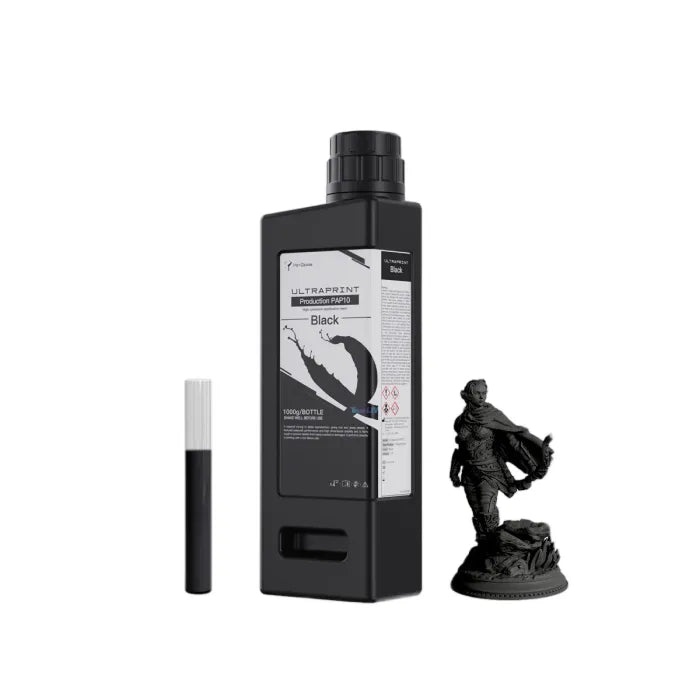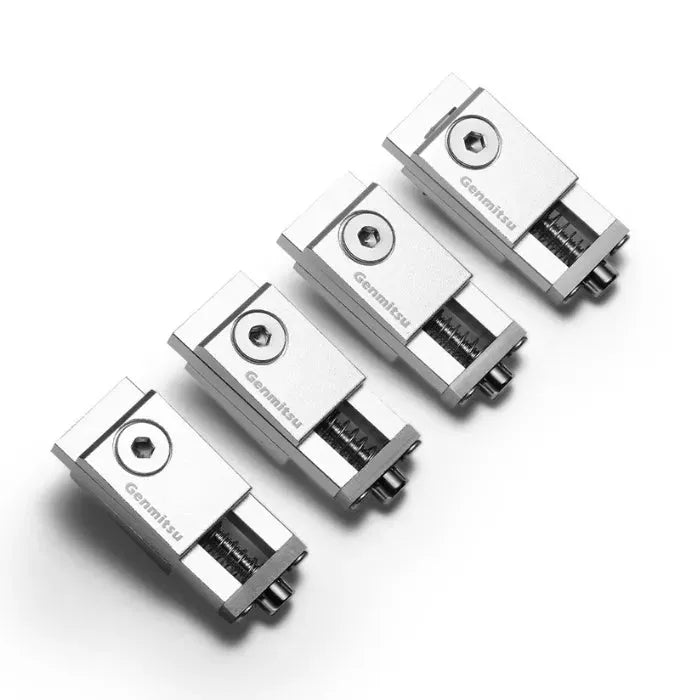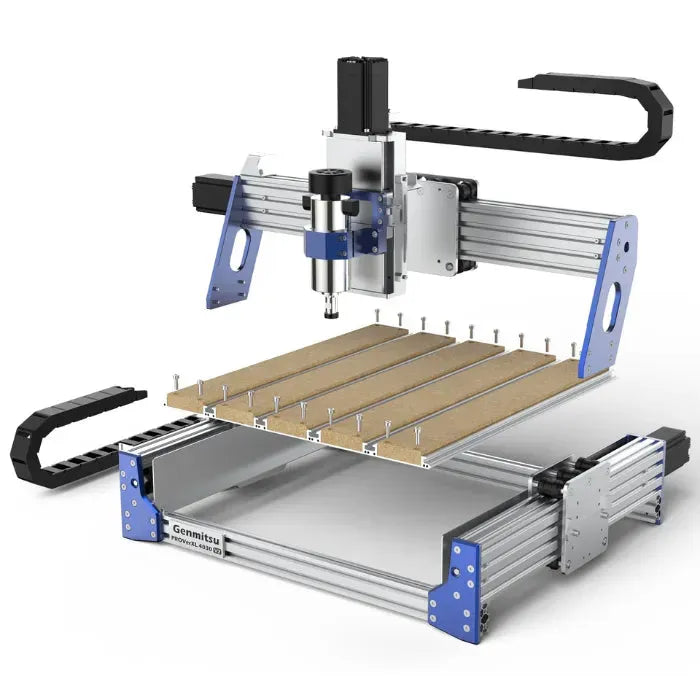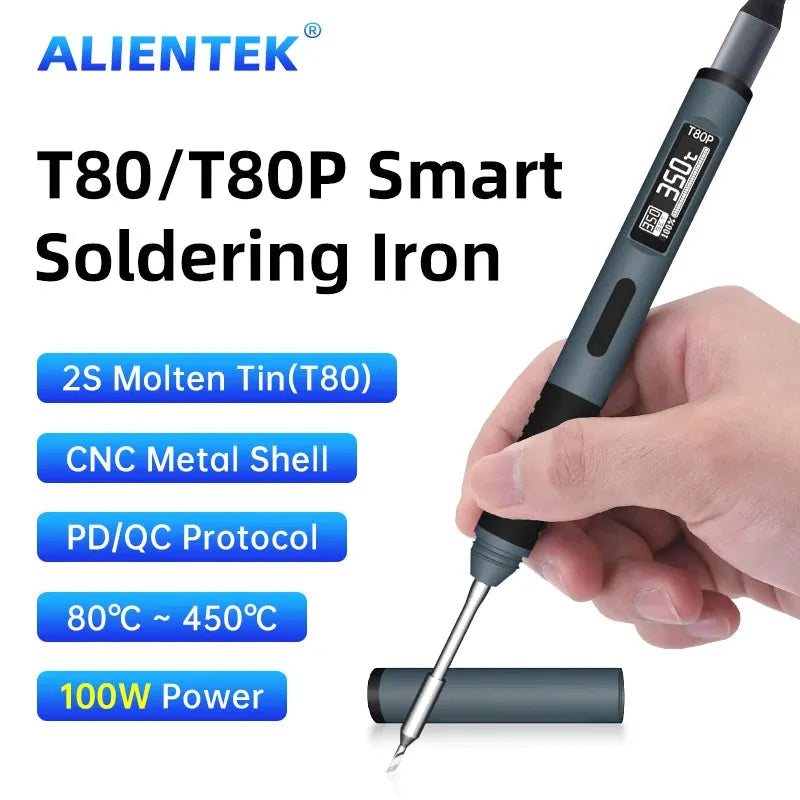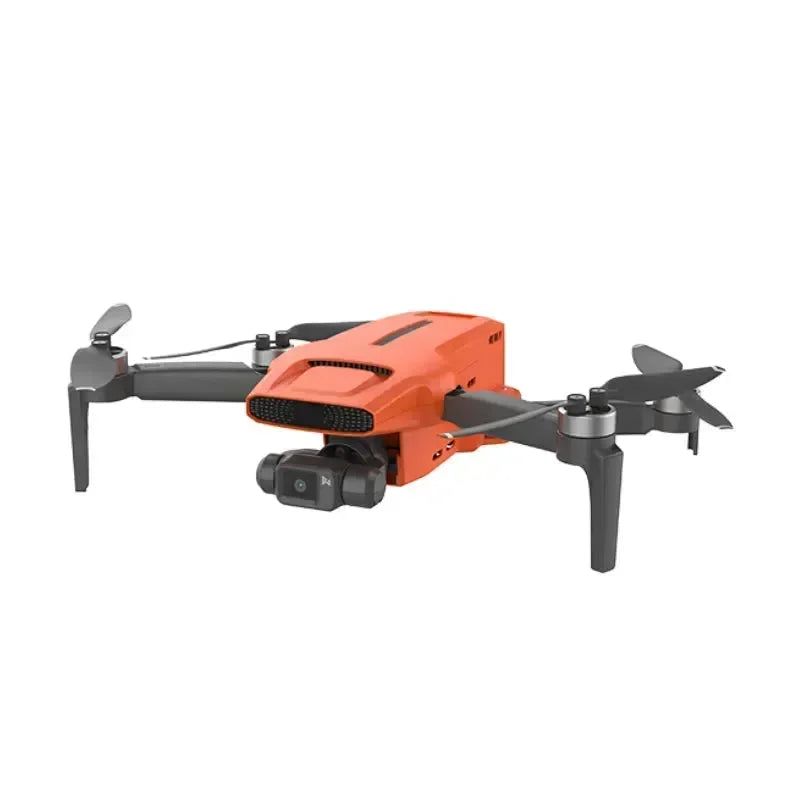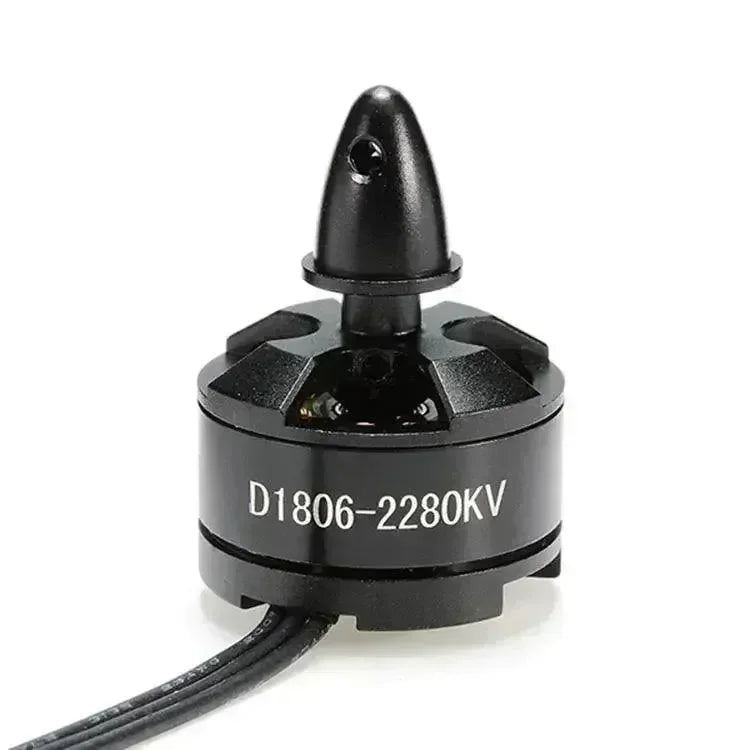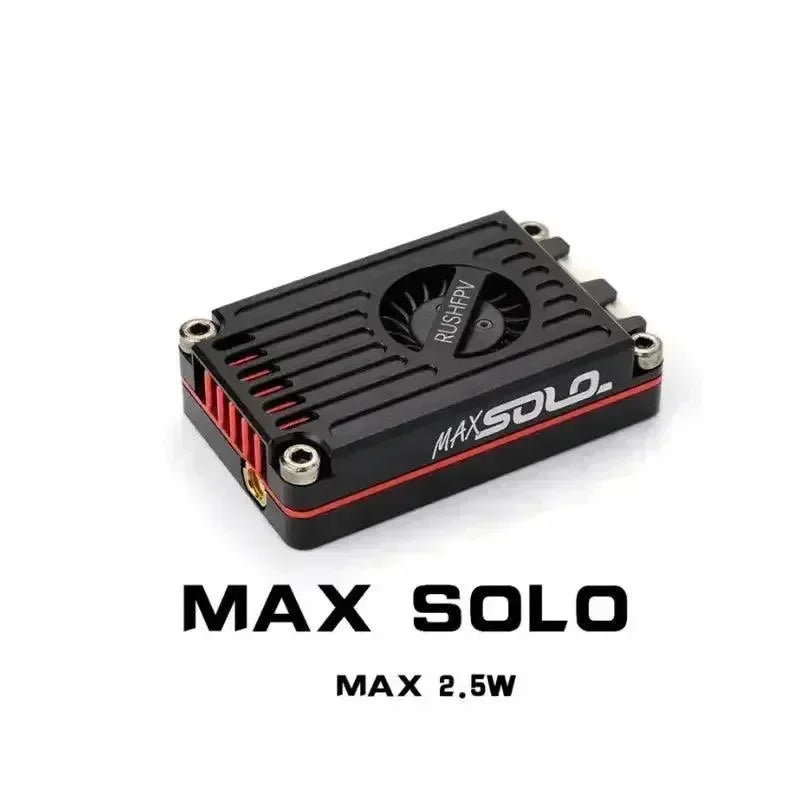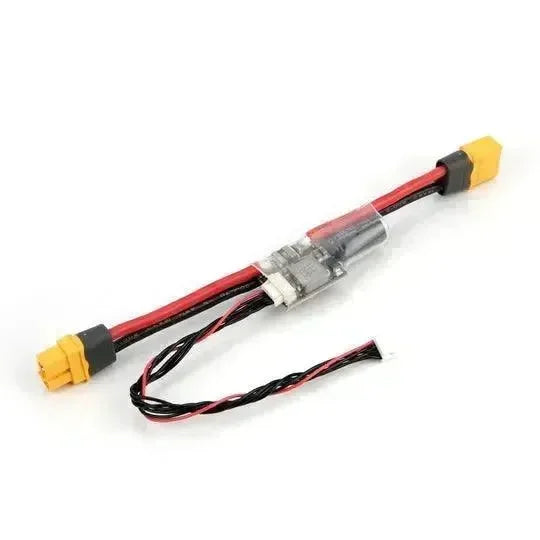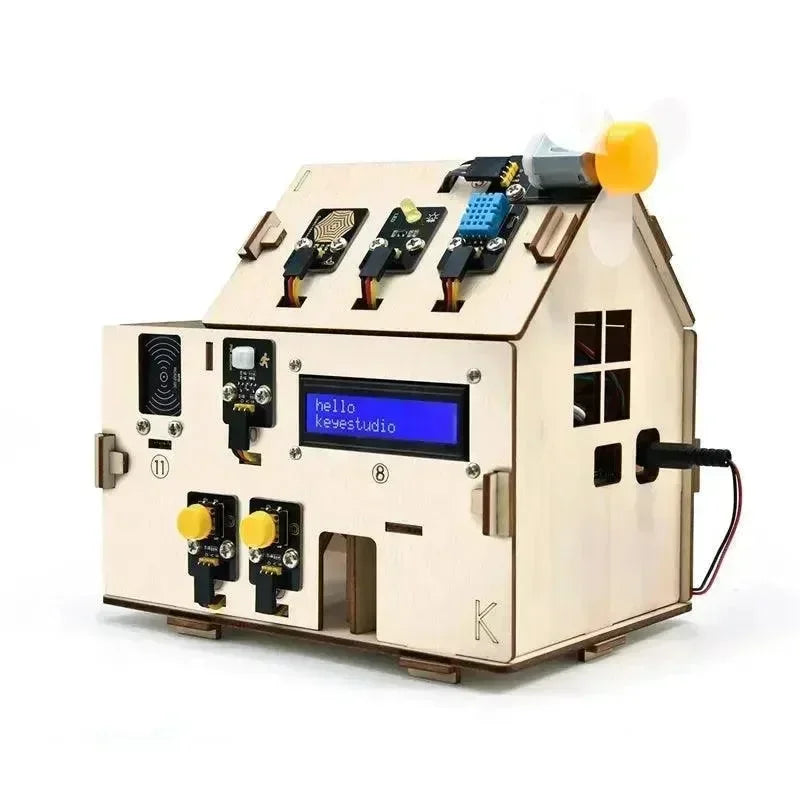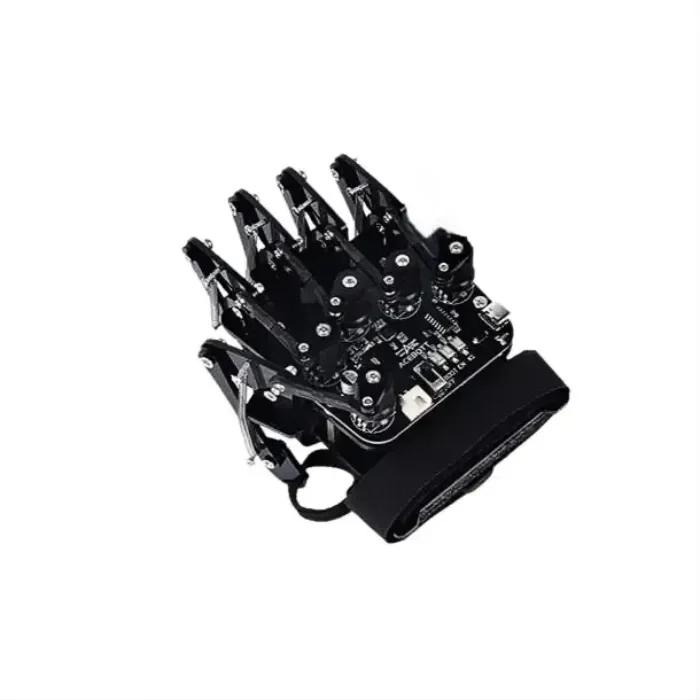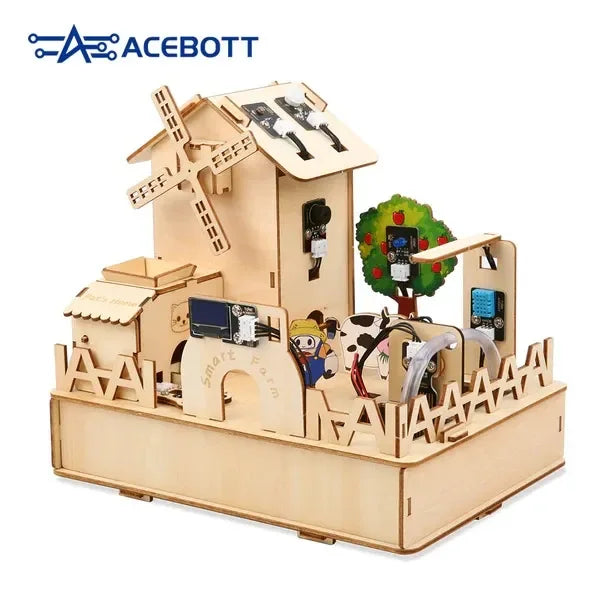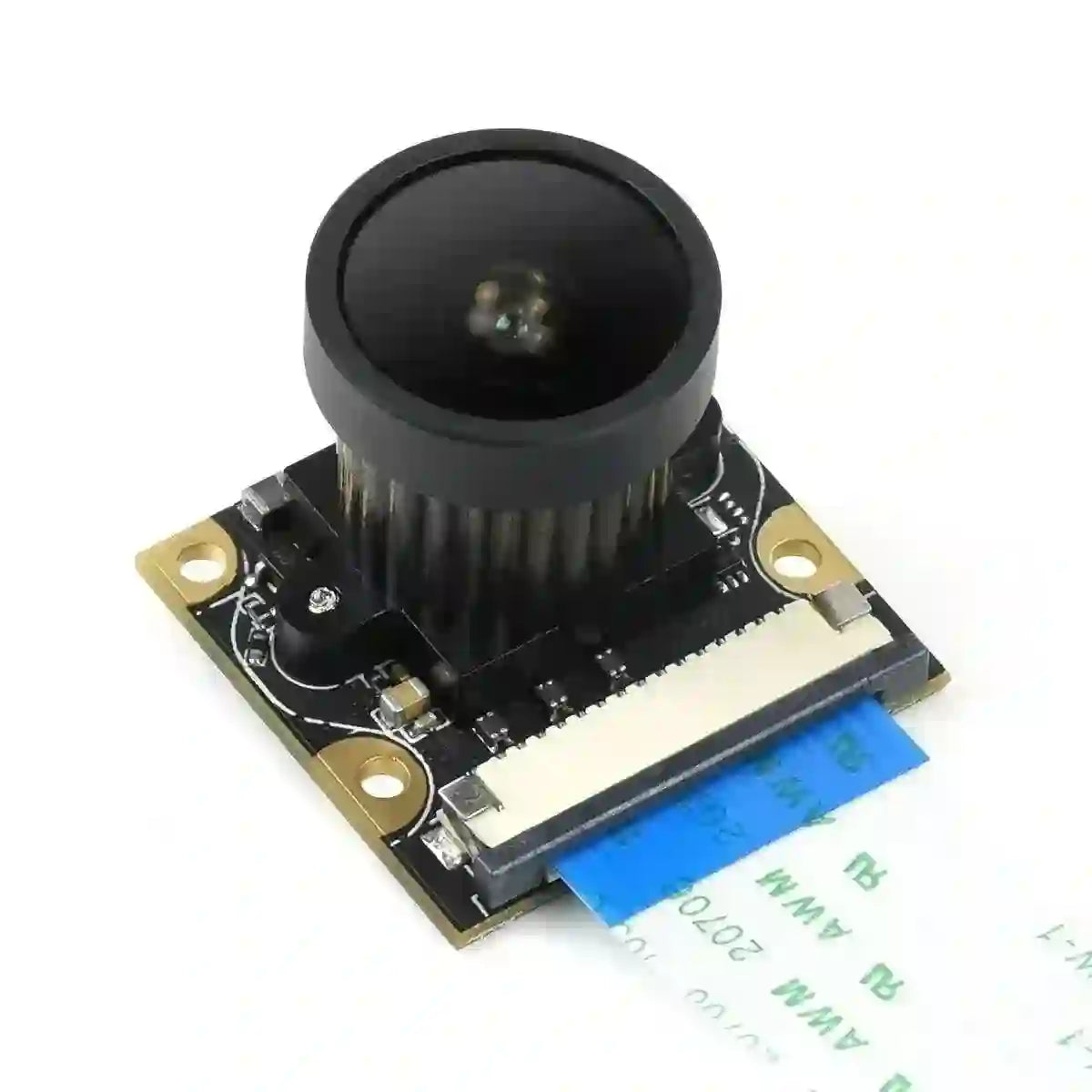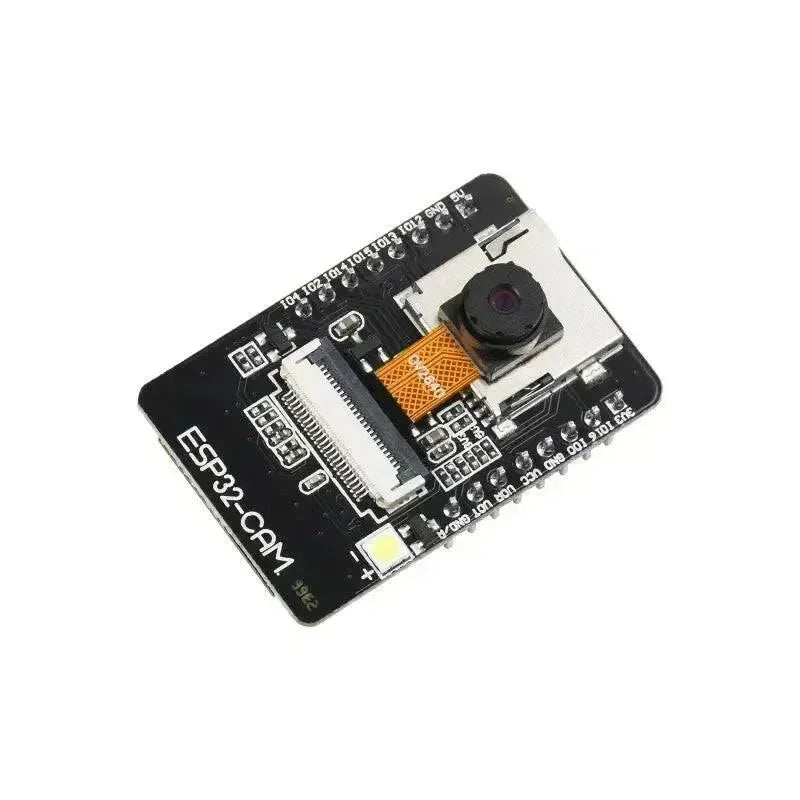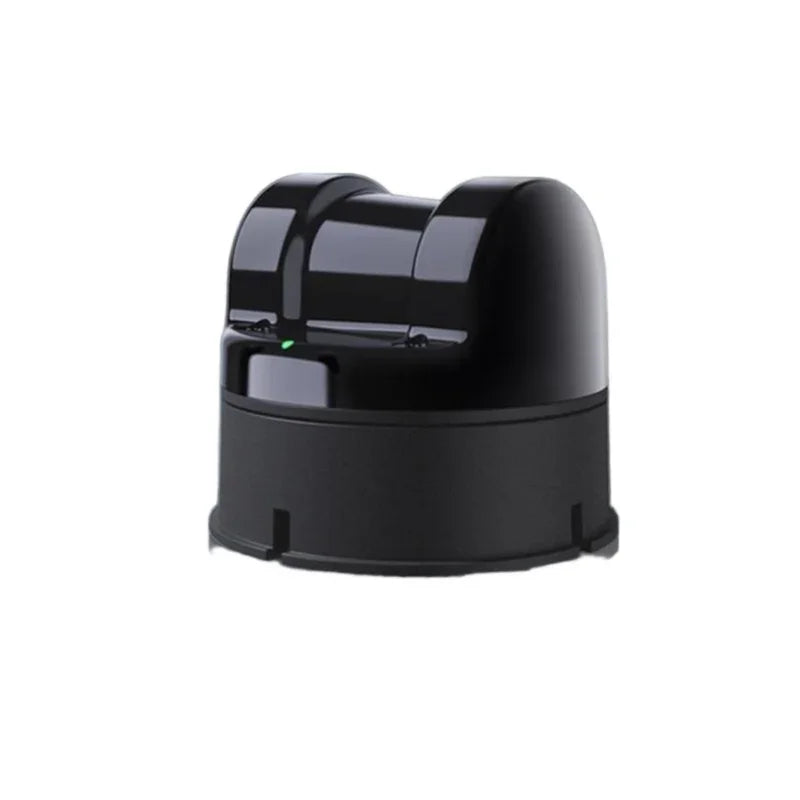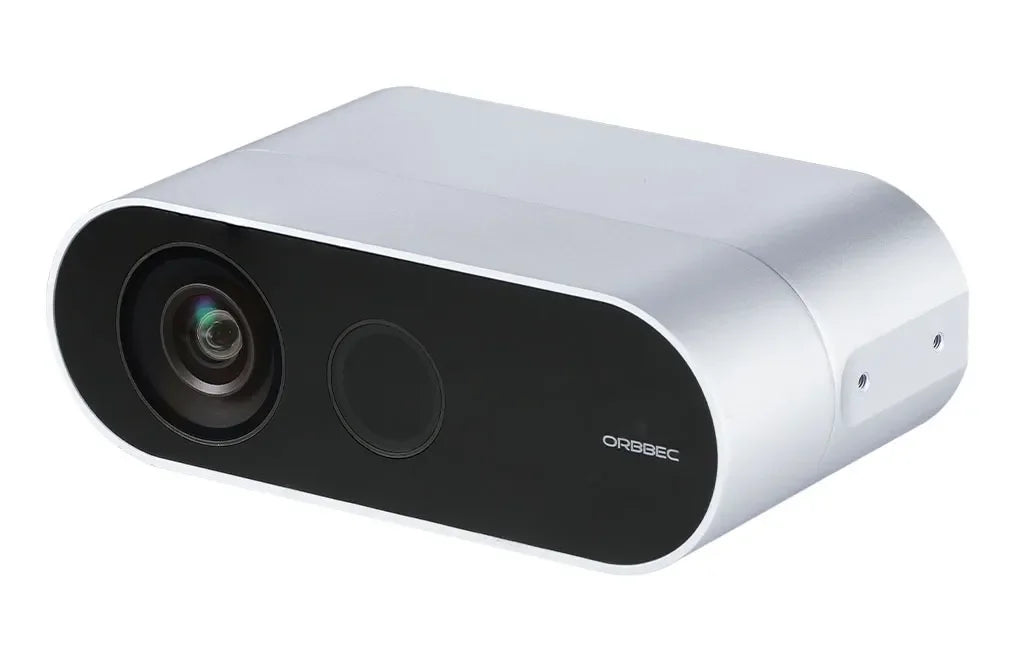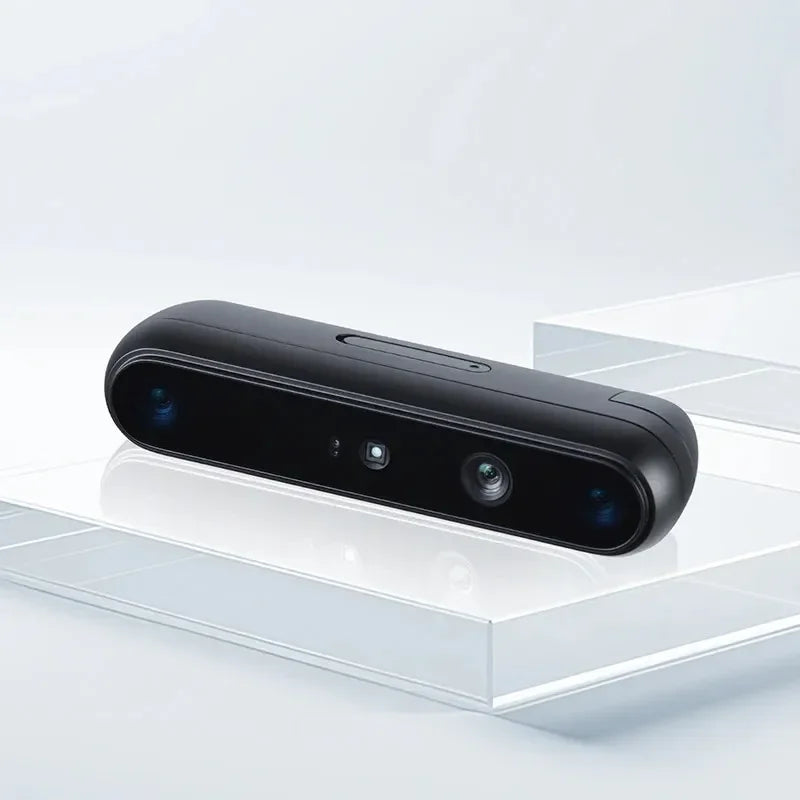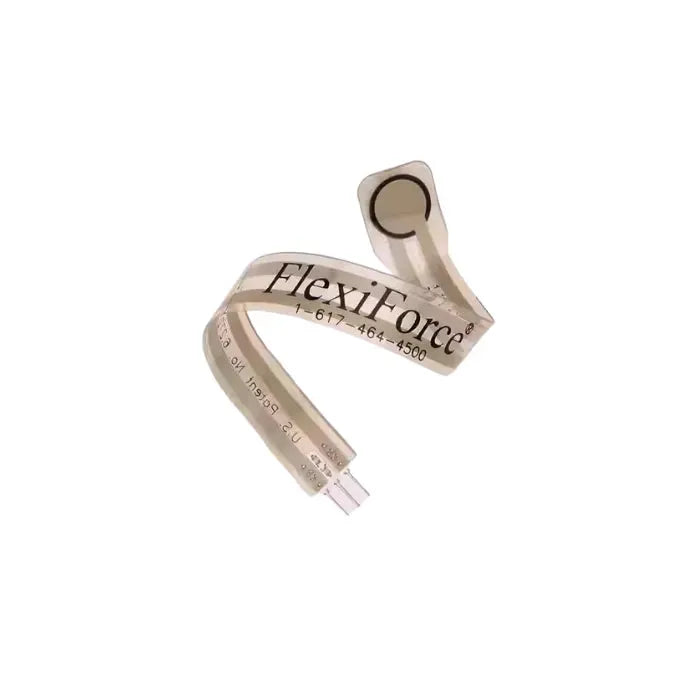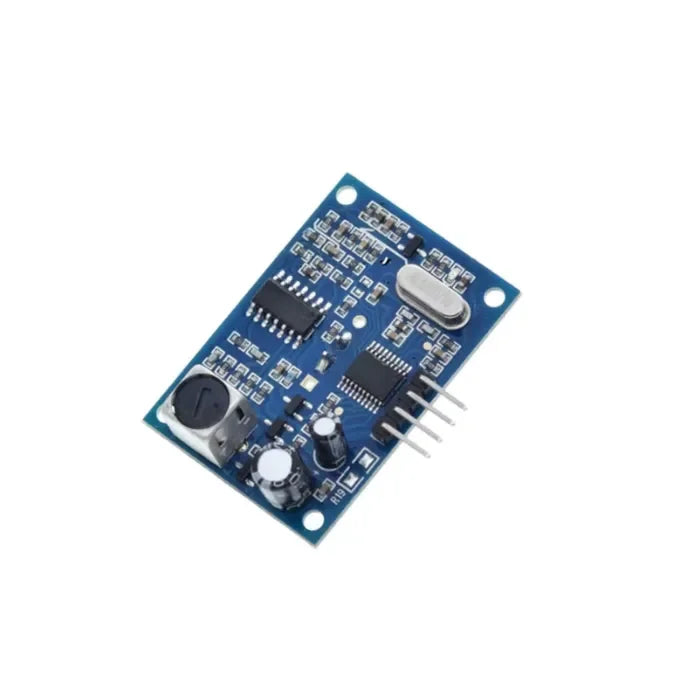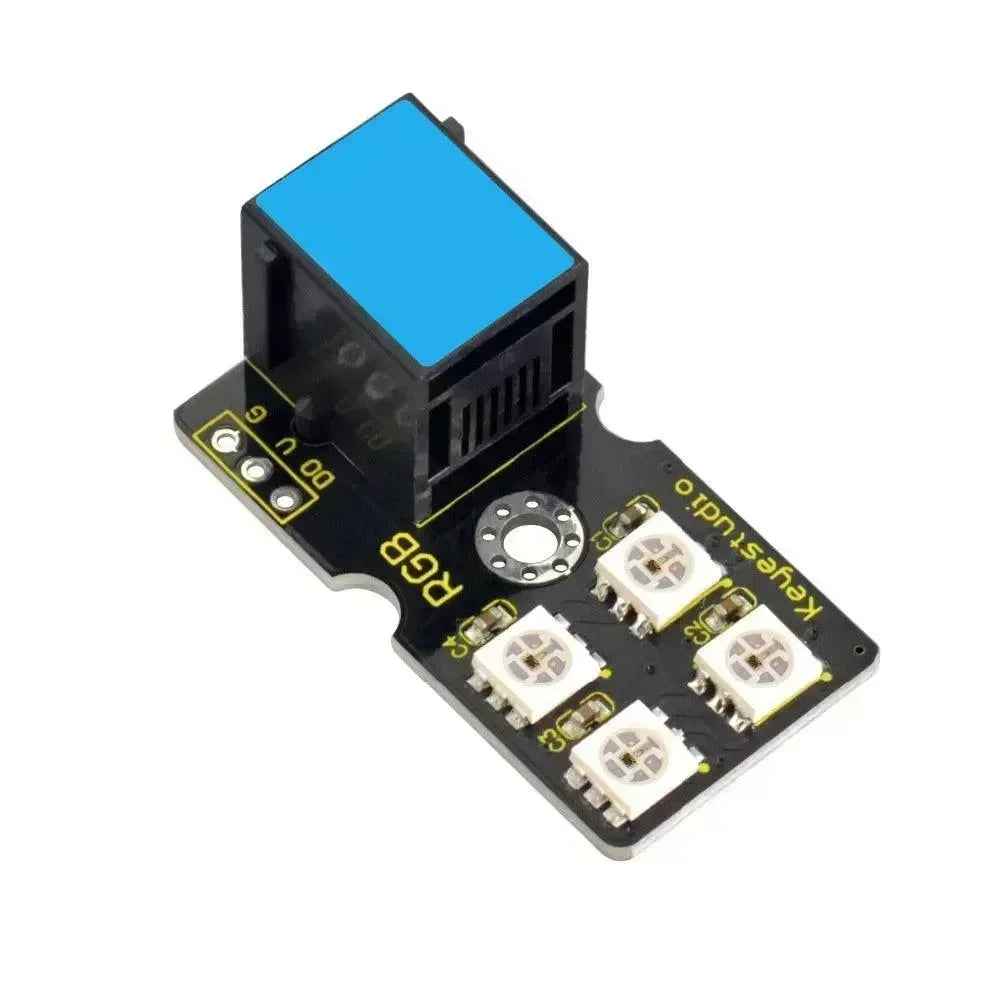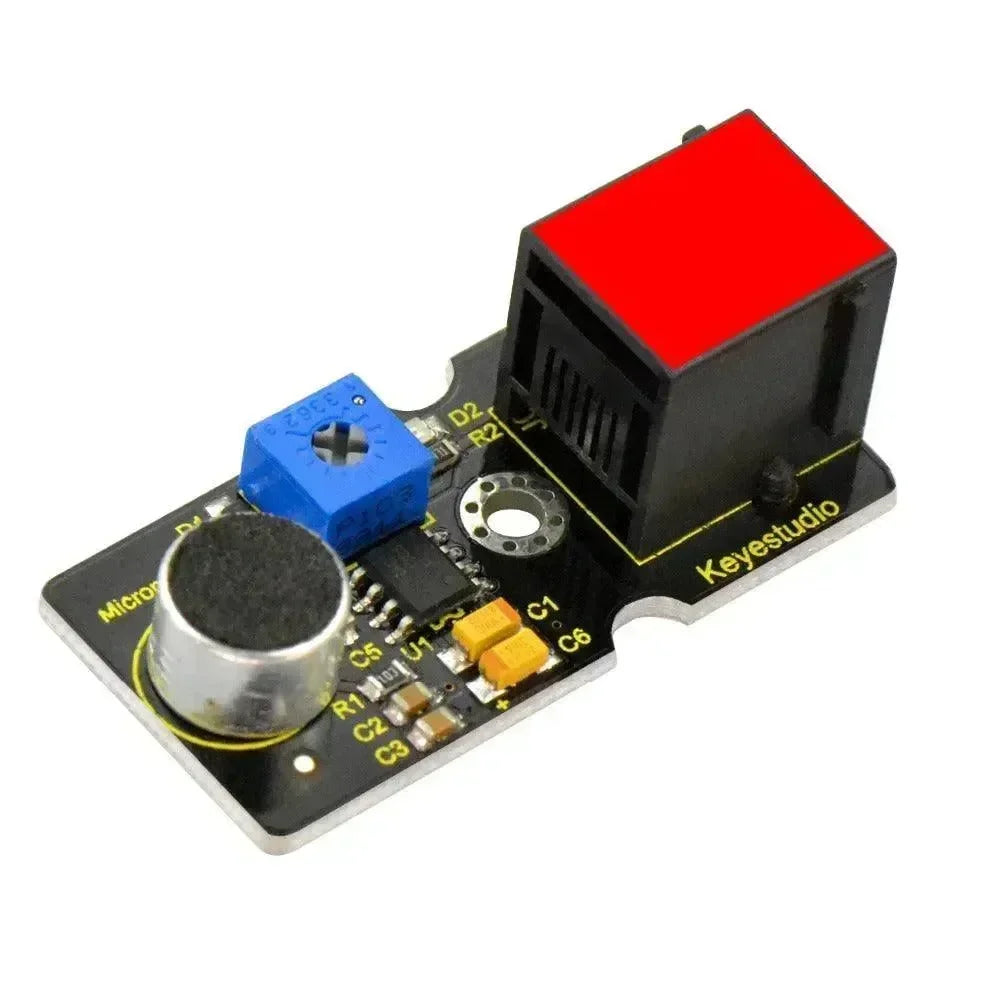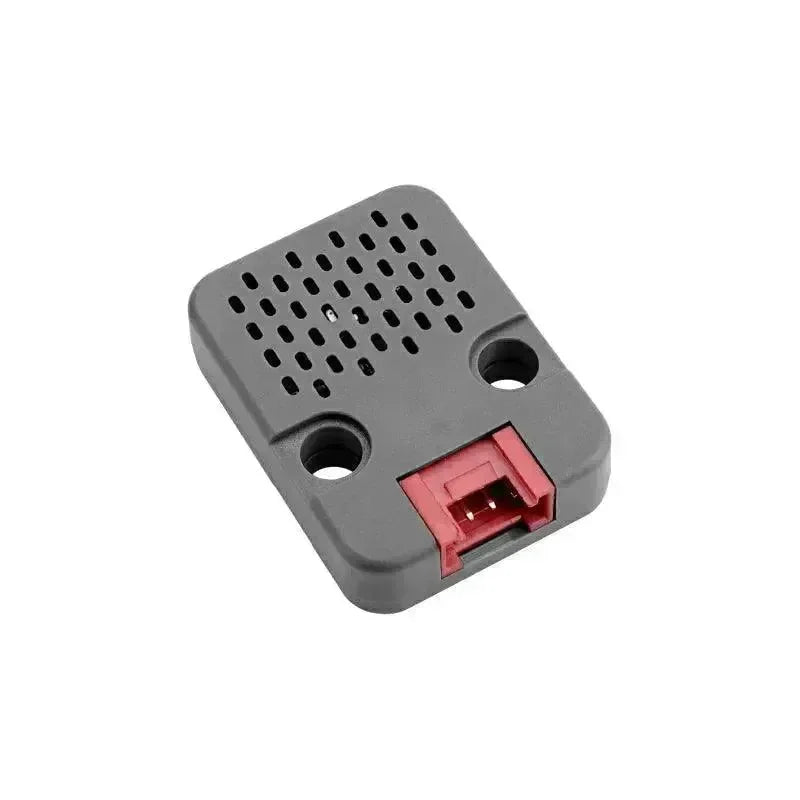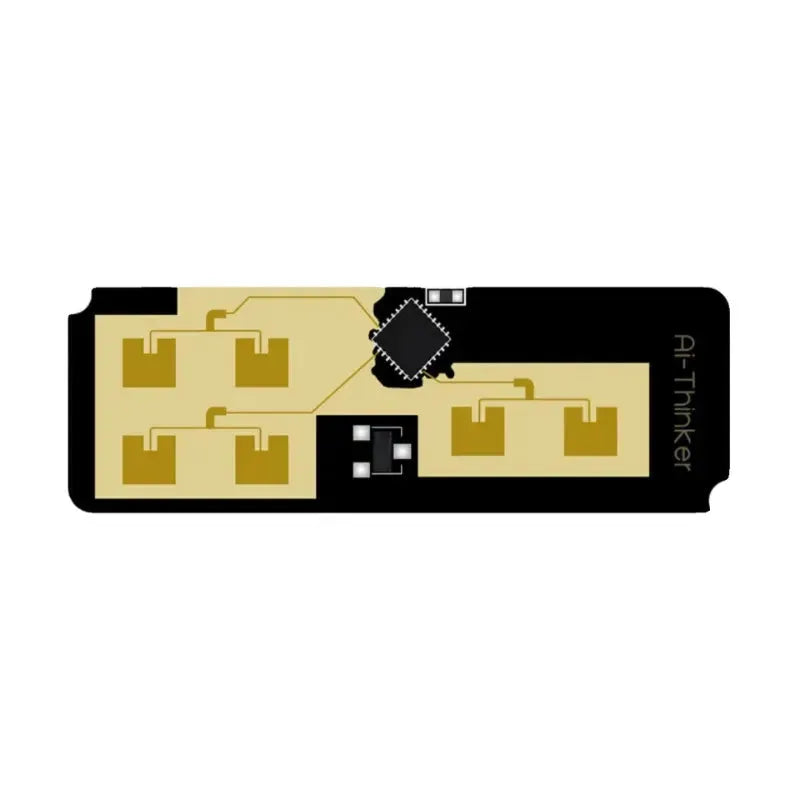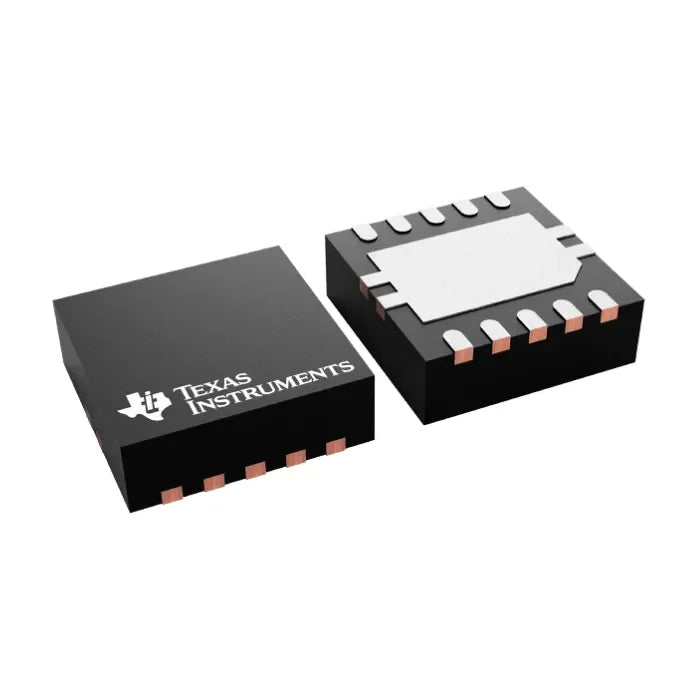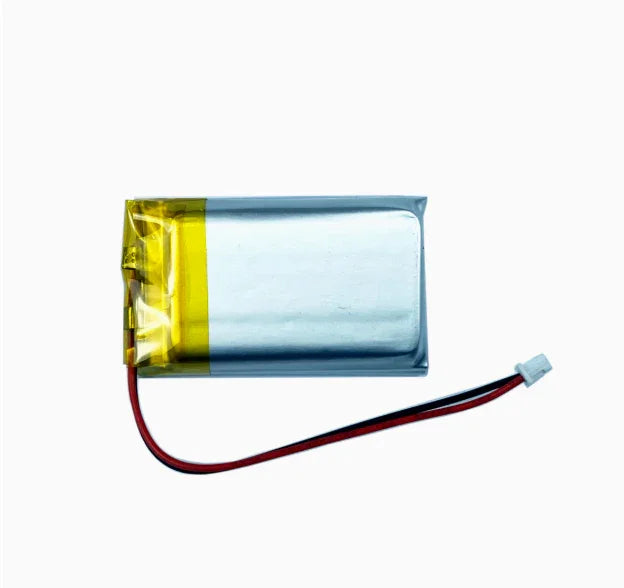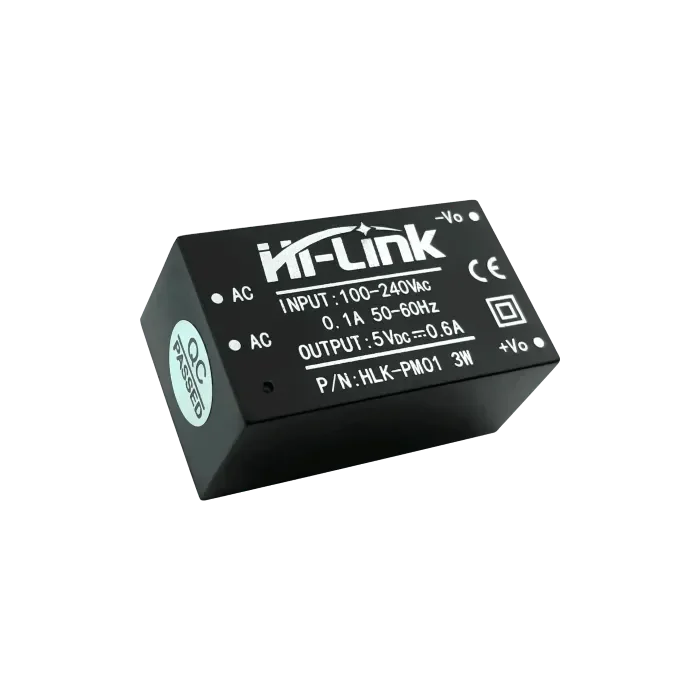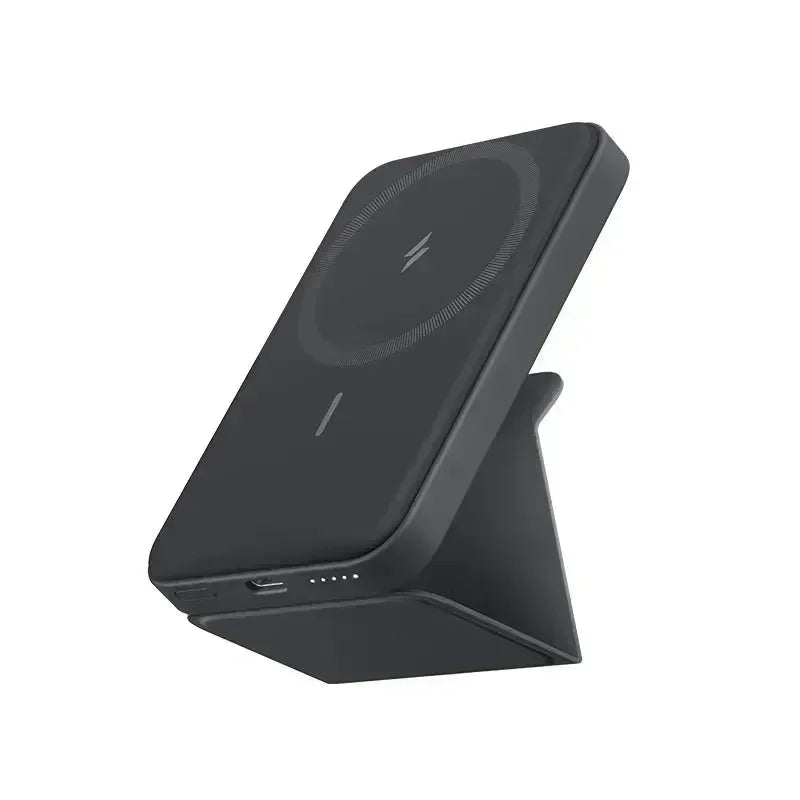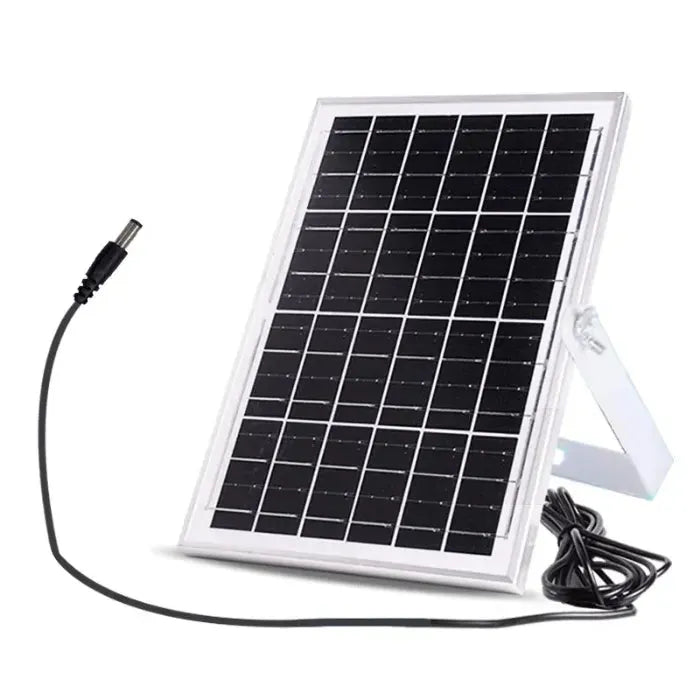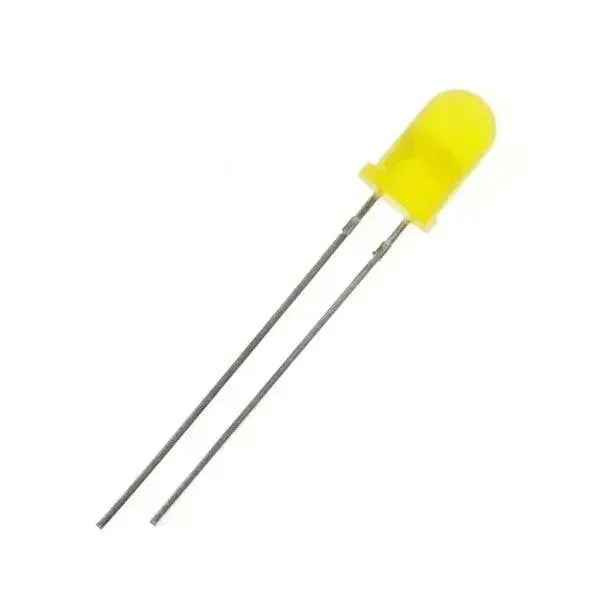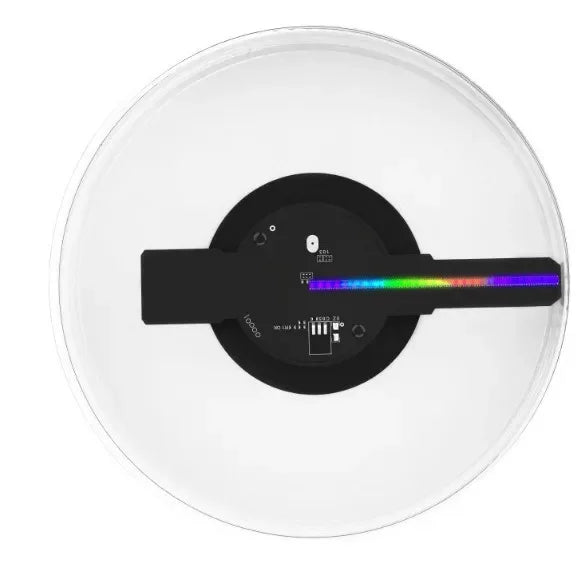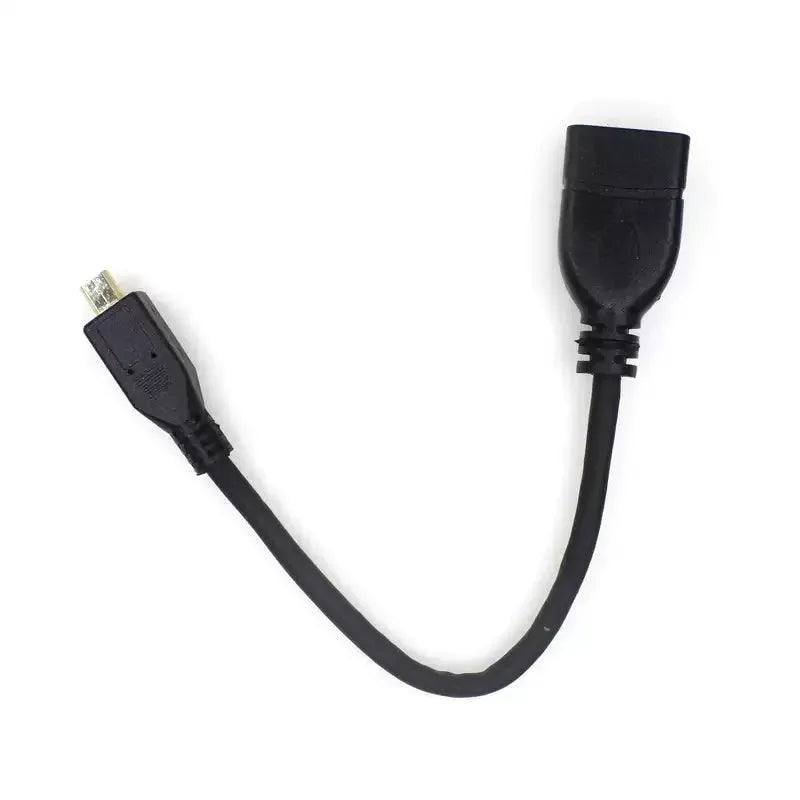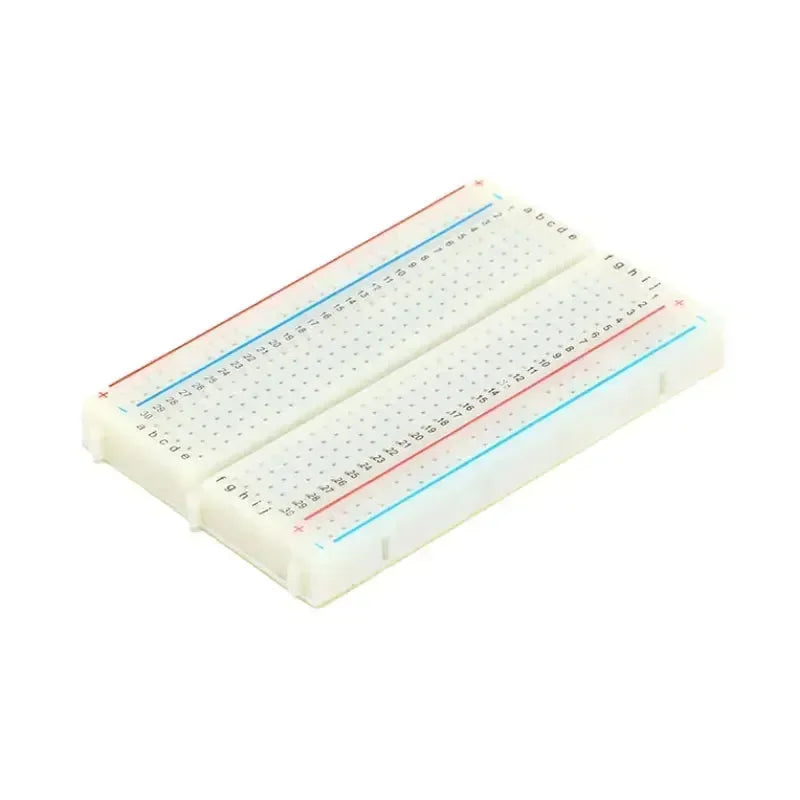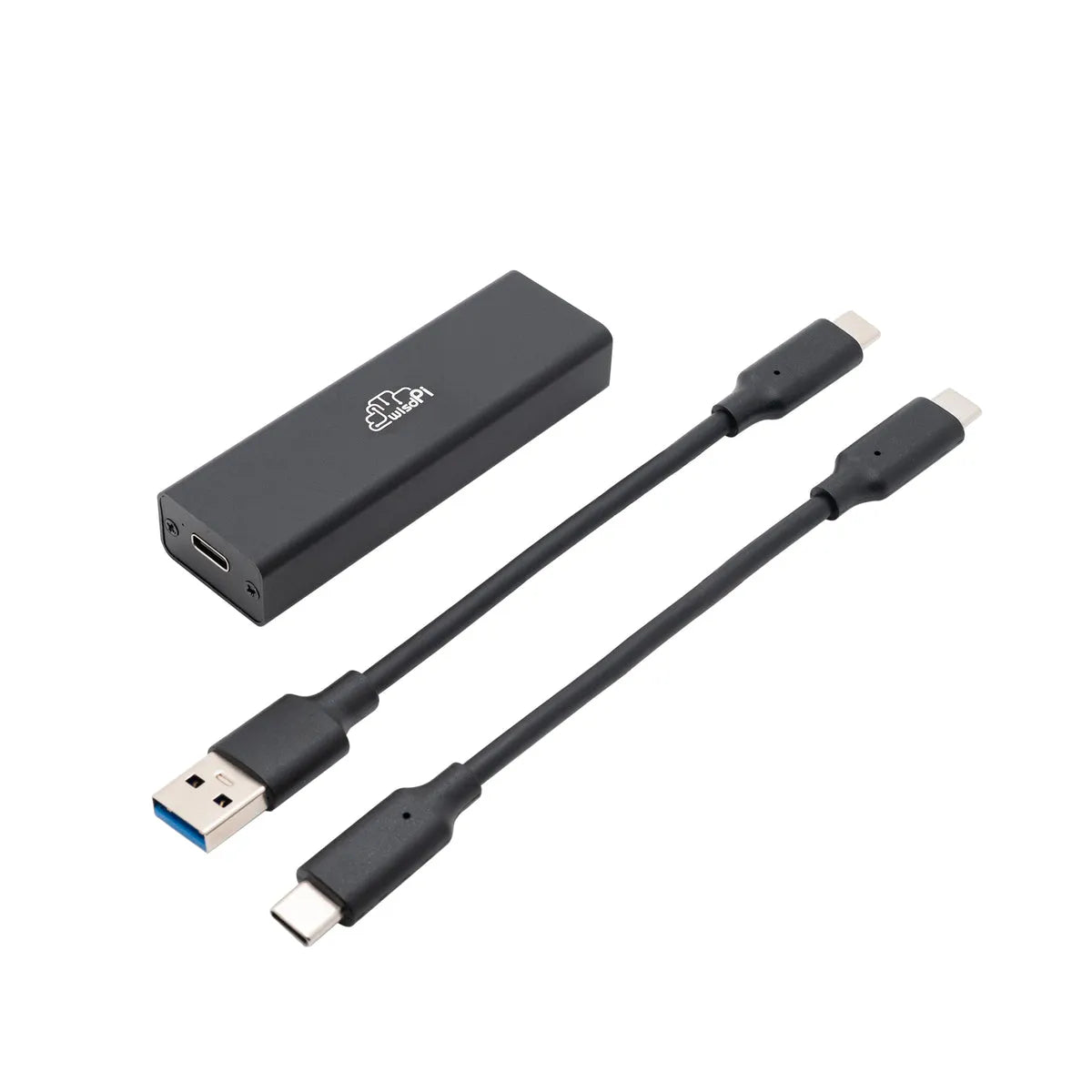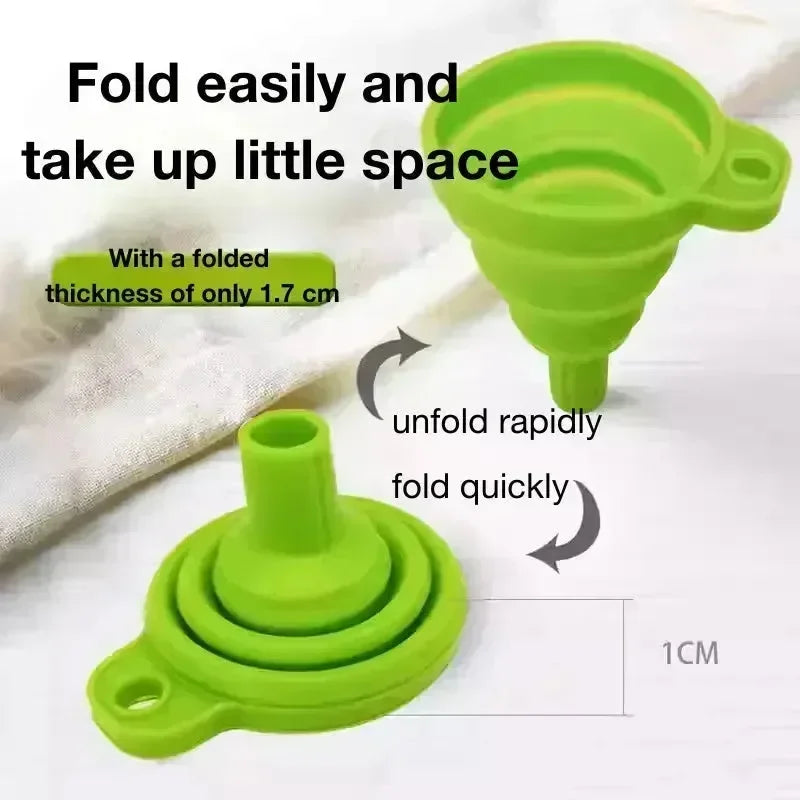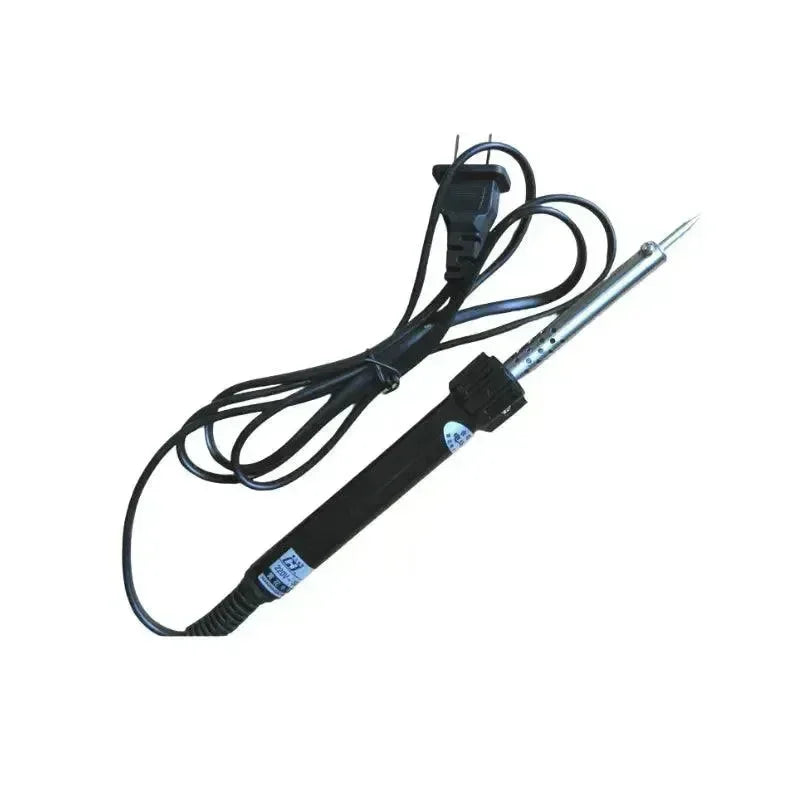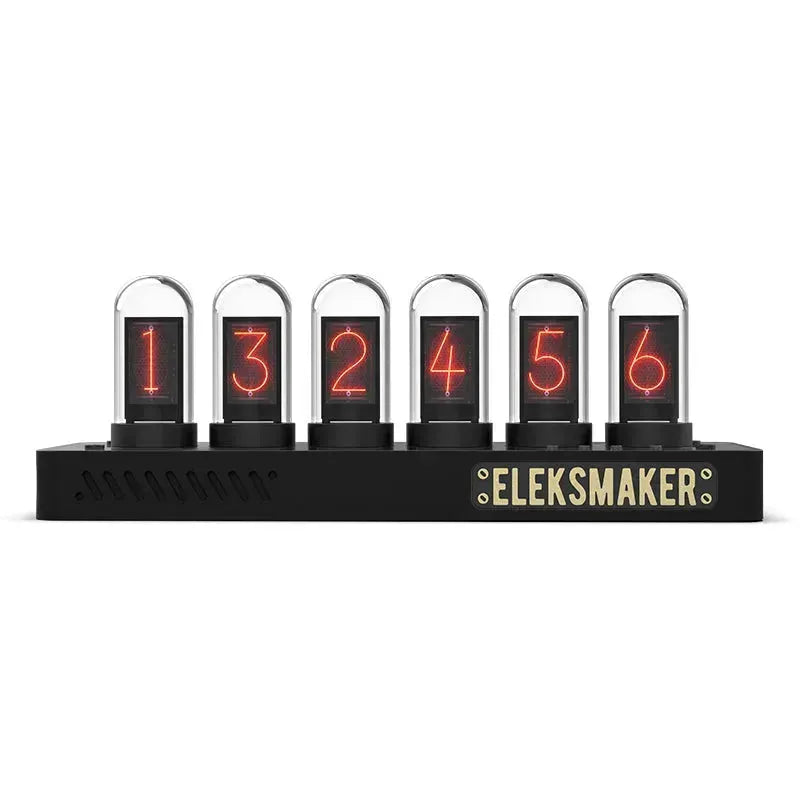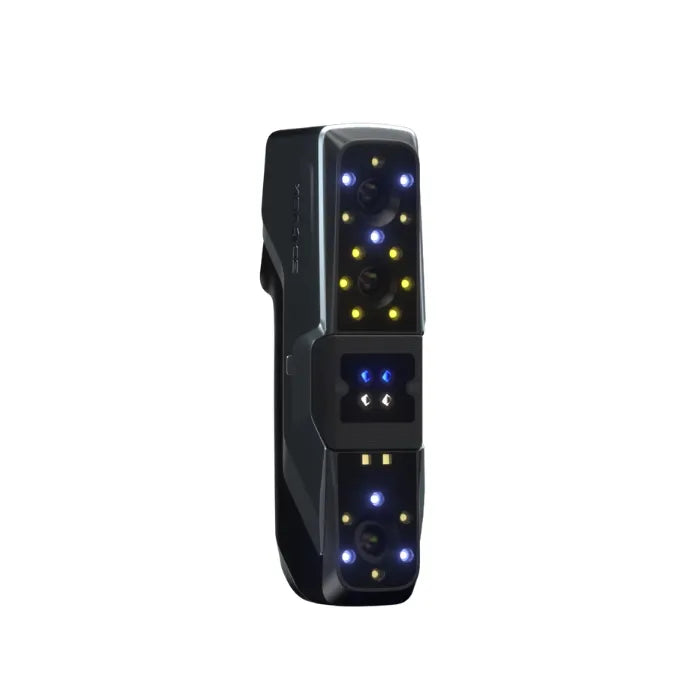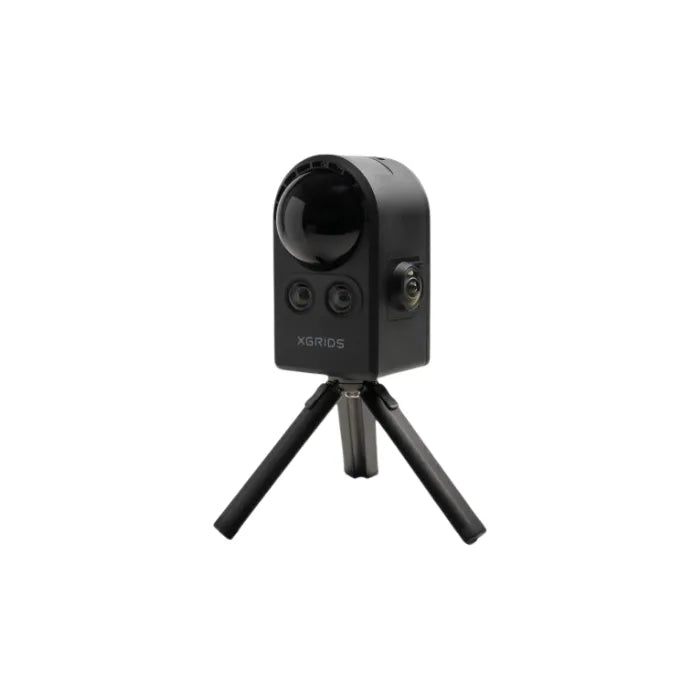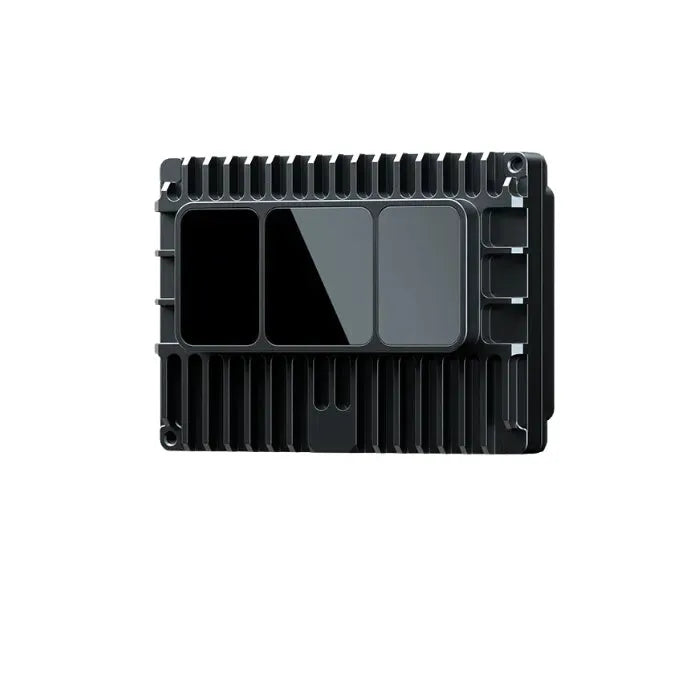Wenn Sie an Arduino- oder ESP-basierten Projekten arbeiten und eine einfache, flexible Tastensteuerung benötigen, ist der Button2 Die Bibliothek ist eine leistungsstarke Lösung. Diese leichtgewichtige Bibliothek erweitert die Möglichkeiten der Standard-Tastenverarbeitung durch das Hinzufügen erweiterter Funktionen wie langes Drücken, Doppelklicken und ereignisgesteuerte Aktionen. Hier erfahren Sie genauer, wie Button2 die Eingabeverwaltung Ihres Projekts vereinfacht und warum es perfekt für Ihre ESP32-, ESP8266- oder Arduino-Projekte geeignet ist.
Was ist die Button2-Bibliothek?
Mit der Button2-Bibliothek können Entwickler problemlos mehrere Schaltflächenereignisse verarbeiten, die über das herkömmliche Drücken und Loslassen hinausgehen. Es unterstützt erweiterte Tastenvorgänge wie Doppelklicks, langes Drücken, Mehrfachklicks und Statusverfolgung. Dies macht es ideal für Projekte, bei denen mehrere Aktionen einer einzigen Taste zugewiesen werden, und bietet eine präzise Steuerung der Benutzereingaben.
Hauptmerkmale der Button2-Bibliothek
-
Unterstützt mehrere Schaltflächenereignisse: Erkennt Einzelklicks, Doppelklicks, Dreifachklicks, langes Drücken und mehr.
-
Ereignisgesteuerte Aktionen: Behandeln Sie Schaltflächenereignisse mit Rückrufen und verbessern Sie so die Lesbarkeit und Effizienz des Codes.
-
Entprellungsmechanismus: Die integrierte Entprellungsbehandlung gewährleistet eine zuverlässige Eingabeerkennung und verhindert Fehlauslösungen.
-
Multi-Button-Unterstützung: Verwalten Sie mehrere Buttons ohne komplexe Codierung, ideal für multifunktionale Schnittstellen.
-
ESP32 und Arduino Kompatibilität: Funktioniert nahtlos mit Arduino IDE und unterstützt beide ESP8266- und ESP32-Boards.
Warum verwenden Taste2 für Ihr Projekt?
Der effiziente Umgang mit Tasteneingaben ist für viele Projekte von entscheidender Bedeutung, von Smart-Home-Geräten bis hin zu Robotik. Standard-Schaltflächenbibliotheken erkennen möglicherweise nur einfache Betätigungen, aber Button2 geht darüber hinaus und bietet einen ereignisgesteuerten Ansatz mit Rückrufen für mehrere Schaltflächenzustände.
Dies reduziert die Notwendigkeit, die Schaltfläche in Ihrem Code ständig abzufragen, und stellt so sicher, dass sich der Mikrocontroller auf andere Aufgaben konzentrieren kann. Egal, ob Sie intelligente Schalter, Benutzereingabefelder oder sogar Spiele erstellen, Button2 bietet die Flexibilität, die Sie brauchen.
Benutzerhandbuch
1. Importieren der Bibliothek
Verwenden Sie in Ihrem Arduino/ESP-Code den folgenden Code, um die Button2-Bibliothek zu importieren:
// Initialize M5StickC Plus2
#include "Button2.h"
✔ Kopiert!
2. Definieren Sie die Schaltfläche
Verwenden Sie die Klasse
Button2, um ein Schaltflächenobjekt zu erstellen und den Schaltflächen-Pin als Argument zu übergeben:// Initialize M5StickC Plus2
#define BUTTON_PIN D3
Button2 button;
void setup() {
button.begin(BUTTON_PIN);
}
✔ Kopiert!
3. Callback-Funktionen festlegen
Verwenden Sie die
setXXXHandler() Methoden zum Zuweisen von Rückruffunktionen für verschiedene Tastenaktionen:-
setTapHandler(): Triggert für jeden Tastendruck; dient als grundlegende Rückruffunktion. -
setClickHandler(): Wird bei einem einzigen Klick ausgelöst. -
setChangedHandler(),setPressedHandler(),setReleasedHandler(): Erkennt Änderungen im Schaltflächenstatus. -
setLongClickDetectedHandler(): Wird ausgelöst, wenn die Schaltfläche für eine bestimmte Dauer gedrückt gehalten wird. -
setLongClickHandler(): Wird ausgelöst, nachdem die Schaltfläche nach einem langen Druck losgelassen wurde. -
setDoubleClickHandler(),setTripleClickHandler(): Erkennt Doppel- und Dreifachklicks.// Initialize M5StickC Plus2 void handleTap(Button2& b) { // Handle Button Click Events } void setup() { // ... button.setTapHandler(handleTap); }✔ Kopiert!
4. Rufen Sie an Schleife() Funktion
Rufen Sie in Ihrer Funktion
loop() die Funktion loop() des Schaltflächenobjekts auf:// Initialize M5StickC Plus2
void loop() {
button.loop();
}
✔ Kopiert!
5. Erweiterte Funktionen
Die Button2-Bibliothek bietet außerdem zusätzliche Funktionen, wie zum Beispiel:
-
Anpassbare Parameter wie lange Druckdauer und Doppelklick-Timing.
-
Verwendung von Timer-Interrupts, die die
loop()-Funktion aufrufen und das Blockieren der Hauptschleife verhindern. -
Benutzerdefinierte Funktionen zur Erkennung des Tastenzustands, die verschiedene Arten von Tasten unterstützen, z. B. kapazitive Touch-Tasten und I2C-basierte Tasten.
Beispielcode
Nachfolgend finden Sie einen Beispielcode, der zeigt, wie Sie mit der Button2-Bibliothek einen einzelnen Klick und einen langen Tastendruck implementieren:
// Initialize M5StickC Plus2
#include
Button2 button(2); // Create a button object on GPIO pin 2
void setup() {
Serial.begin(9600); // Initialize serial communication
// Handle single click
button.setClickHandler([](Button2 &btn) {
Serial.println("Single click detected!");
});
// Handle long press after release
button.setLongClickHandler([](Button2 &btn) {
Serial.println("Long press completed!");
});
}
void loop() {
button.loop(); // Continuously check for button events
}
✔ Kopiert!
Fazit: Vereinfachen Sie die Tastenverwaltung mit Button2
Die Button2-Bibliothek ist ein Game-Changer für Entwickler, die mit Arduino, ESP32 oder ESP8266 arbeiten. Es bietet eine einfache Möglichkeit, mehrere Schaltflächenzustände zu verwalten und so Ihren Code sauberer und effizienter zu gestalten. Egal, ob Sie Smart-Home-Geräte, Robotik oder interaktive Projekte entwickeln, Button2 bietet die Tools, um Tasteneingaben effektiv zu verarbeiten.
Mit ereignisgesteuerten Rückrufen, Entprellungsbehandlung und Multi-Button-Unterstützung vereinfacht Button2 die Komplexität der Eingabeverwaltung und hilft Ihnen, sich auf die Erstellung zu konzentrieren tolle Projekte. Legen Sie noch heute los und erleben Sie, wie einfach die Tastensteuerung sein kann!



